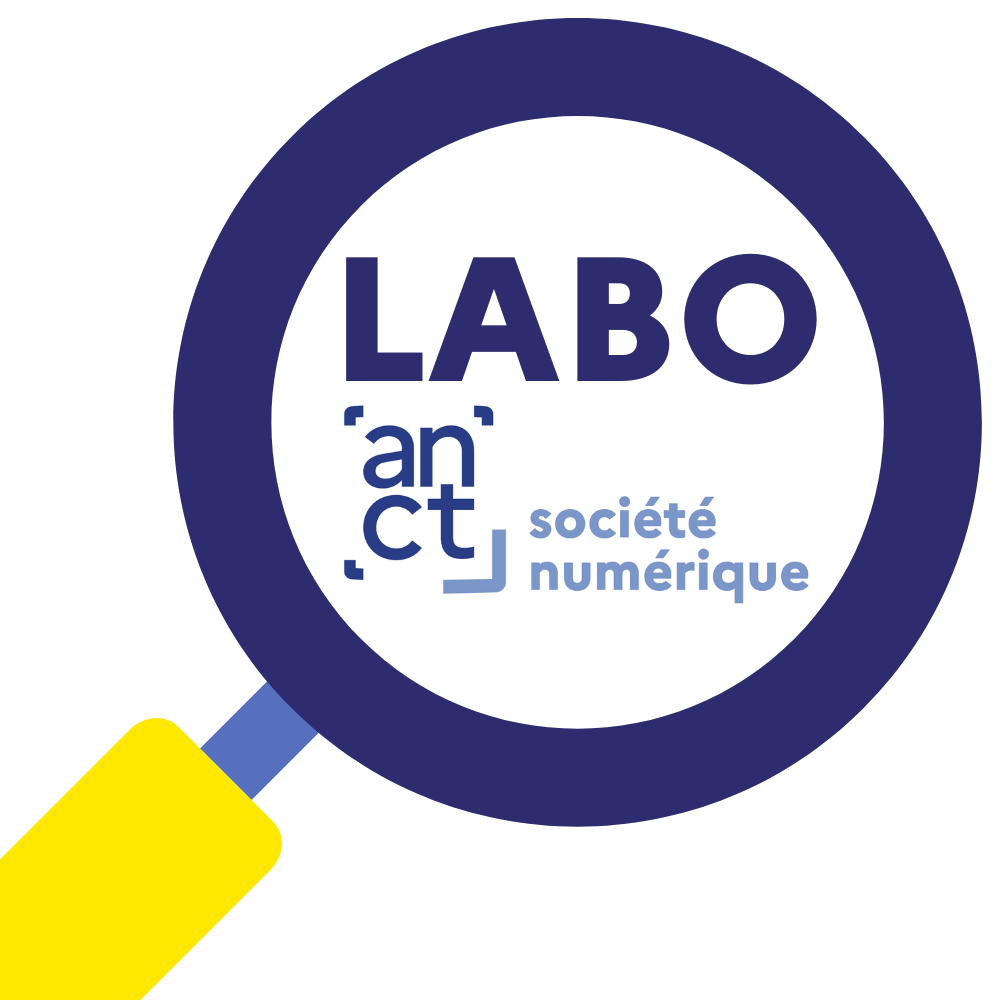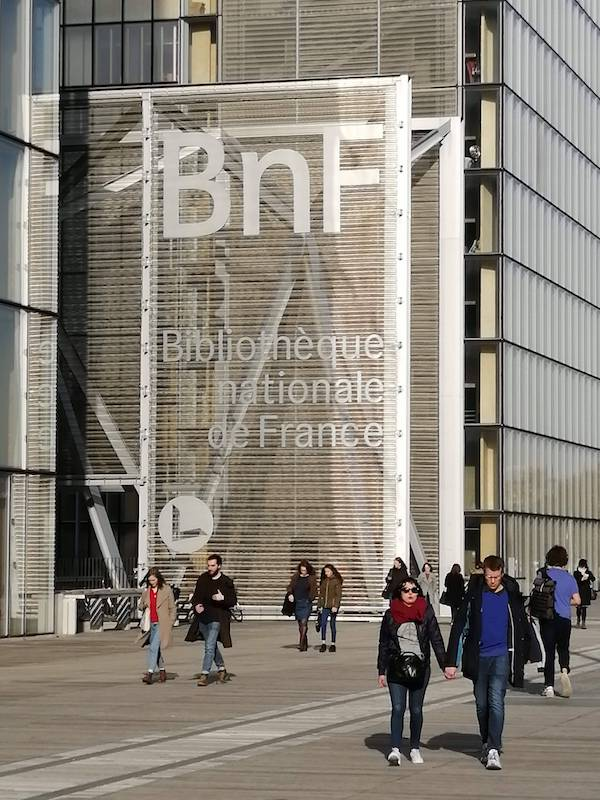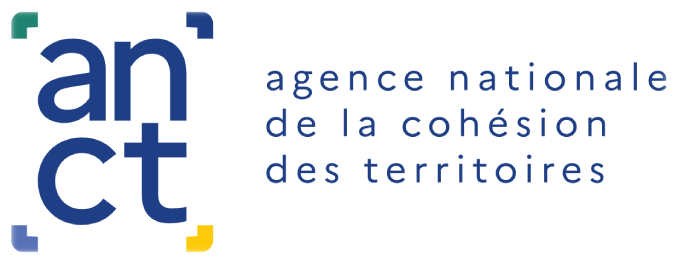While the digital humanities are developing at great speed, information remains fragmentary on the users of these collections, on their way of discovering and using them, in particular the logic of interrogation (structured and finalized or, on the contrary, associative or even random) and the effects of these new uses on knowledge, methodologies and corpora.
Following a 10-month research project led by the Bibliothèque Nationale de France (BNF), on May 3, 2017, the Bibliothèque Nationale de France (BNF) organized a study day " What uses today of digital libraries? Lessons and perspectives from Gallica".
The aim of this day was to examine, through the example of Gallica, the digital library of the BnF and its partners, the evolution of the uses of digitized heritage collections, in order to better understand how they are perceived and integrated into professional and amateur research strategies.
On this occasion, the Bibliothèque nationale de France, the Obvil labex and Télécom ParisTech presented the research methods they use to understand the uses of digital libraries. Drawing on a variety of expertise (sociology, ethnography, data science, humanities, etc.), the BNF's approach combines qualitative and quantitative methods: analysis of logs, interviews, online questionnaires, and video ethnography.
Références :





